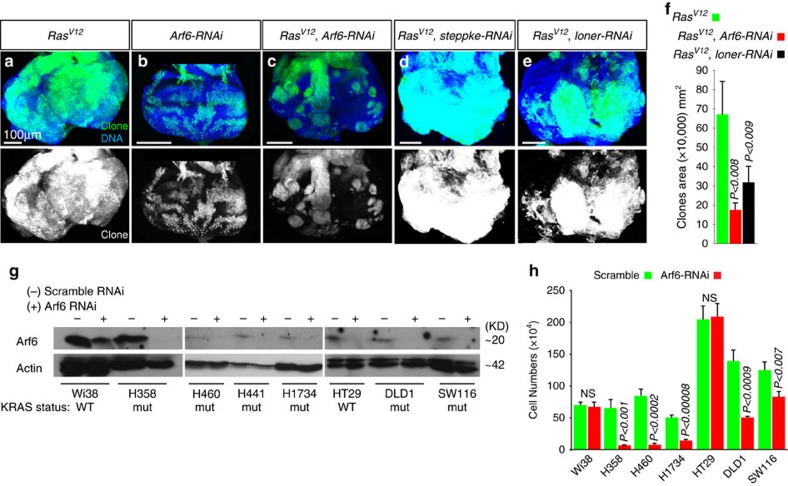Figure 3. Arf6− suppresses oncogenic Ras tumours in flies and human cancer cells.
(a–e) Representative images of wondering third-instar larval eye discs showing the growth of RasV12 (a) or Arf6-RNAi (b) clones or RasV12 clones co-expressing either Arf6-RNAi (c) or steppke-RNAi (d) or loner-RNAi (e). All animals were raised at 25 °C. Arf6-RNAi (b) causes no detectable growth defects but suppresses RasV12 tumour overgrowth (c). loner-RNAi (e), but not steppke-RNAi (d), blocks the overgrowth of RasV12 clones (d). (f) Quantitation of (a–d). Clones areas were 17.3±3.4 × 104, N=128 clones, P<0.008 (RasV12 clones expressing Arf6-RNAi) or 31.7±8.1 × 104, N=110, P<0.009 (RasV12 clones expressing loner-RNAi) versus 67.1±16.8 × 104, N=20 clones (RasV12 clones). (g) Western blotting of various cancer cell lines treated with scramble or Arf6 RNAi and blotted with anti-Arf6 to detect Arf6 protein levels or anti-actin as a loading control. Cancer cells harbouring oncogenic Ras are denoted by mut while cells with wild-type Ras are indicated by WT. ARF6 protein levels are considerably reduced in cells treated with Arf6 RNAi. (h) Quantitation of cell numbers of lung and cancer cell lines 2 days after transfection with either control (scramble) or Arf6 RNAi. Not significant (NS) denotes P-value>0.5. P is derived from t-test analyses and N denotes the sample size.

